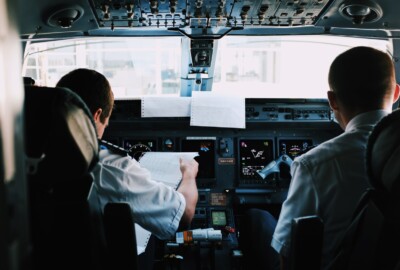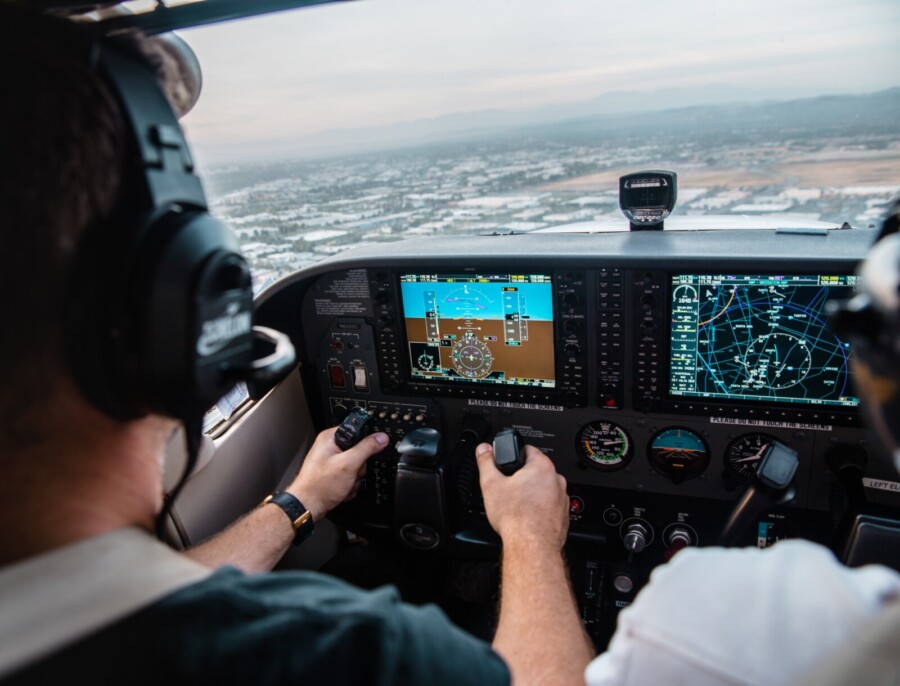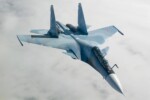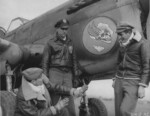Pilot’s Guide to International Jet Travel, Customs Regulations and Planning
31 December 2023 | Updated on February 05, 2024
It’s no surprise that aviation is a heavily regulated industry, and this is the case for several reasons, such as passenger safety and overall flight management. International jet travel also presents a unique set of challenges and considerations for pilots. Things pilots must consider are customs and regulations, as well as flight planning. This means that pilots must be well-versed in the entire aviation process. This guide will explore the nuances of aviation, including its regulations, customs, and planning.
Customs and Immigration
Often the most complex focus area, and for good reason. Whether you are a pilot or a commercial traveler, you must adhere to each country’s customs and regulations. Here are some key focus areas:
Pre-Departure Checks
Before a pilot can embark on a private jet charter flight, they must ensure they have all the necessary documentation, including a valid passport and visa and any other permits required for the flight. It is simply not possible for a pilot to charter a plan without the necessary documents. So, it makes it crucial to stay up to date on the entry requirements of the destination country you are flying to.
Advanced Passenger Information System
There have been several strides in how passenger and crew information is captured and stored. Implementing the Advanced Passenger Information System (APIS) across the globe requires submitting both passenger and crew details to the system in advance. For this reason, pilots must submit all details per the requirements of the country they are flying to.
Customs
Each country has its own customs department. Customs is an authority responsible for controlling the flow of goods (including anything from animals to food, electronics, clothing, etc.) into and out of a country. This is a highly organized, monitored, and regulated aspect of aviation. Pilots must understand customs regulations to ensure a smooth entry into a country. Things to consider include restrictions on medication, weapons, and specified goods.
Flight Planning
What is flight planning, and why does it matter? Much like any industry, effective planning ensures operations run smoothly and effectively. With aviation, flight planning is crucial even before your private jet takes off from the runway. Flight planning includes the crew’s route, specific altitudes, and speeds. Here are some key callouts:
Route Planning
Planning an international flight involves careful consideration regarding the route, including factors like air traffic, weather patterns, and airspace restrictions. Pilots use verified and reliable weather services to ensure they are up to date and stay informed regarding any flight restrictions that may affect their route.
Fuel Planning
No matter which movable vehicle is in use, some form of fuel planning is paramount to ensure you reach your destination. With aviation, it works the same. In some instances, international private jet flights might require fuel stops along the way; this depends on the distance and the aircraft’s range. Pilots maliciously plan fuel stops (where applicable), looking at factors like availability, cost, and geographical location.
Overflight Permits
These permits authorize you to enter sovereign airspace, including overflying and exiting. Pilots understand the importance of securing these permits in advance to avoid trip delays. Additionally, pilots must obtain permission to fly over the airspace of every country. This involves coordination with aviation authorities to ensure compliance with regulations.
Regulatory Compliance
What does this mean? This is when you meet the legal requirements your regional aviation authority sets. Here are some key points pilots must consider:
International Civil Aviation Organization Standards
This organization establishes global standards that must be adhered to. Pilots must familiarize themselves with ICAO standards, which cover aspects such as airworthiness (yes, this does exist), flight crew licensing, and aviation security.
Jet Certification and Documentation
International flights require compliance with airworthiness standards, including departure and arrival. A pilot’s focus here is to ensure all aircraft documentation, like its certificate of airworthiness and registration, is up to date before departure. Failure to adhere to these conditions can result in a flight not commencing.
Security
There are no escaping strict security measures, and they are in place for good reason: to protect passengers, crew, ground crew, and so much more. Pilots must follow strict security protocols, including passenger and baggage screening.
A Closer Look at Private Jets
While aviation remains a regulated industry with countless rules pilots must follow, a diverse fleet of private jets offers anything from luxury to comfort and exciting in-flight entertainment. Here are three private jets we have come to love:
Bombardier Global 6000
We are almost certain that pilots have their preferred aircraft, and we have heard that the Bombardier is a top choice for many. So, what makes this one so special? This long-range business jet is well-known for its spacious cabin and impressive range. Its range is about 6000 nautical miles, meaning it can comfortably fly around the world to any destination. Its interior is comfortable and luxurious, making it a top choice for business executives.
Cessna Citation XLS+
The Cessna is known for being a versatile jet that combines performance and efficiency. It has a range of 2100 nautical miles and works well regardless of the length of your trip. The cabin is comfortable and can seat about nine passengers.
Gulfstream G650
This aircraft has become quite popular due to its speed and range capabilities. Its top speed of Mach 0.925 makes it one of the fastest jets today. Its spacious cabin accommodates 19 passengers and is the epitome of luxury and comfort.
The Strict Business of Being Compliant
International jet travel requires careful planning and regulatory compliance, including a thorough understanding of customs. Pilots must navigate this complex industry to ensure they remain compliant well before takeoff. Additionally, safety and security are paramount and must be adhered to. If you thought a pilot’s job was easy, they beg to differ.
































